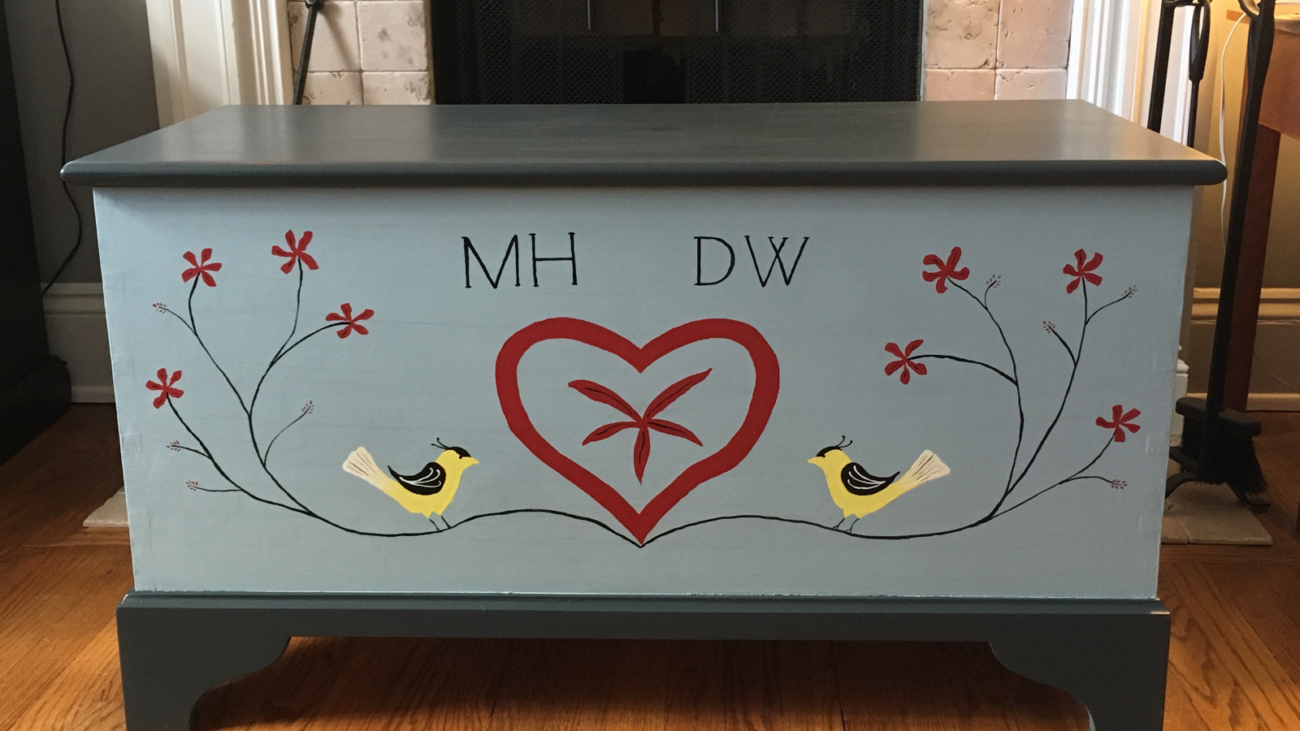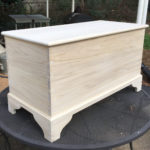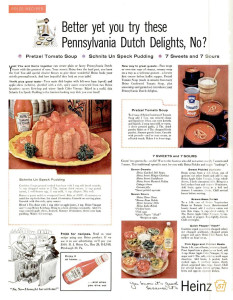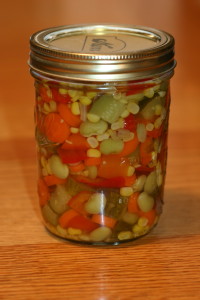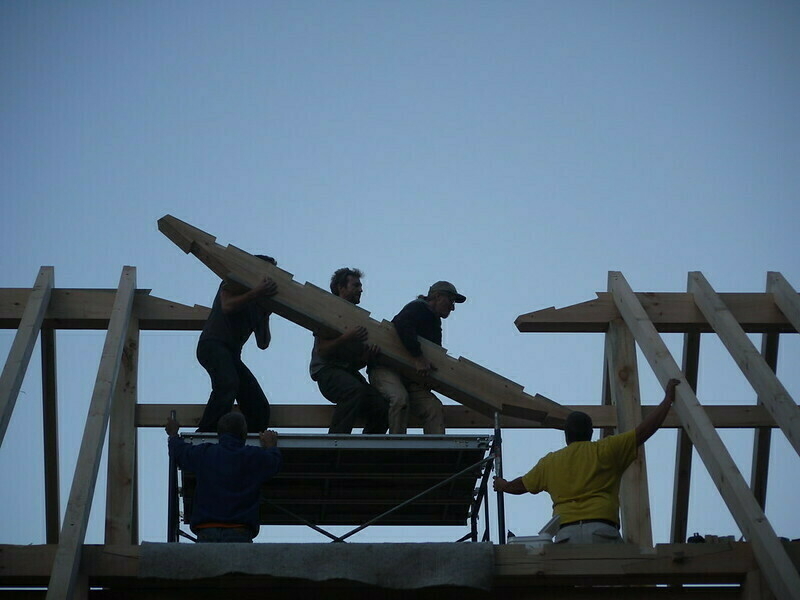
In the spring of 1941, a farmer named Victor Zimmerman of Seipstown, Pennsylvania, lost his barn to a fire. This was, sadly, no unusual occurrence. A barn stuffed with hay and straw is a tinderbox waiting for a spark, and fires were a continual risk in farming communities. When, one month later, thirty-four of Victor Zimmerman’s neighbors showed up to help build him a new one, that too was only to be expected. But the days of the barn raising were numbered. Soon enough that neighborly work would be something only the Amish did, and for the rest of us merely a symbol of community rather than its expression. Indeed by 1941 it was already a curiosity to many people. And so the Allentown Morning Call sent a reporter out to rural Lehigh County to cover it.
That, ironically, is the only way I know about Victor Zimmerman’s barn raising: it was already a curiosity. Practically all the other hundreds or thousands of similar gatherings that took place across Pennsylvania in the preceding couple of centuries are long forgotten, but Zimmerman’s came at the end of a dying tradition, after decades of upheaval and Depression, under the shadow of global war. It made good reading—so much so that seventy years later, Elaine Bogert of the Weisenberg/Lowhill (Township) Historical Society ran across the newspaper’s account of the day and republished it in the society’s newsletter.1 And then one day my father was idly googling his grandfather’s name, looking for genealogical Easter eggs, and found the article.
My great-grandfather, you see, was the contractor hired to build the barn. Victor Walbert, Builder and Contractor, Maxatawny, Pennsylvania. He died before I was born, but I have some of his tools, and use them every time I build a chair. This article was the first thing I ever learned about him that wasn’t a family story. So what would otherwise be merely a charming slice of life from the middle of the last century turns out to be personal.
But here’s the slice of life, anyhow.
